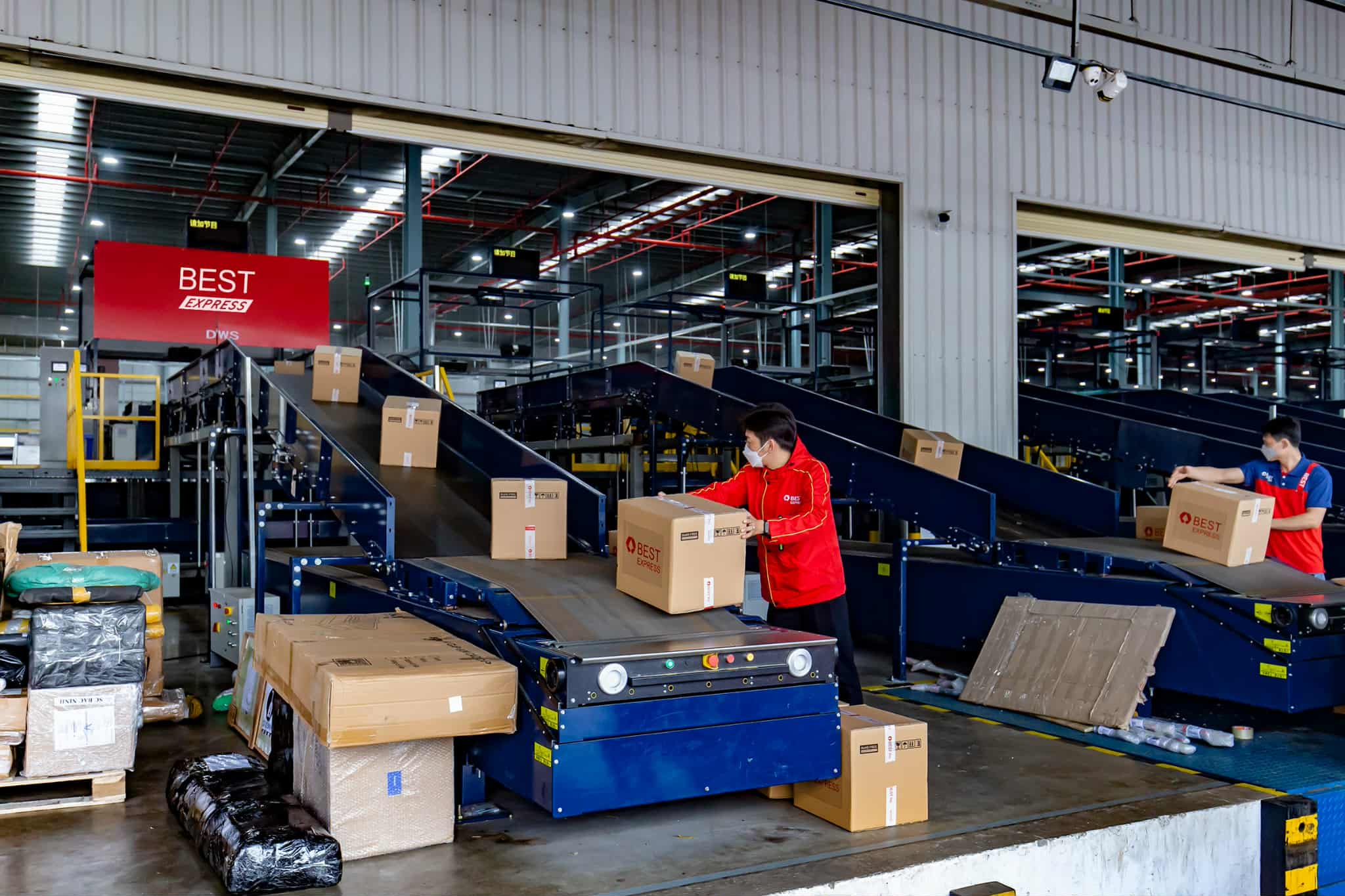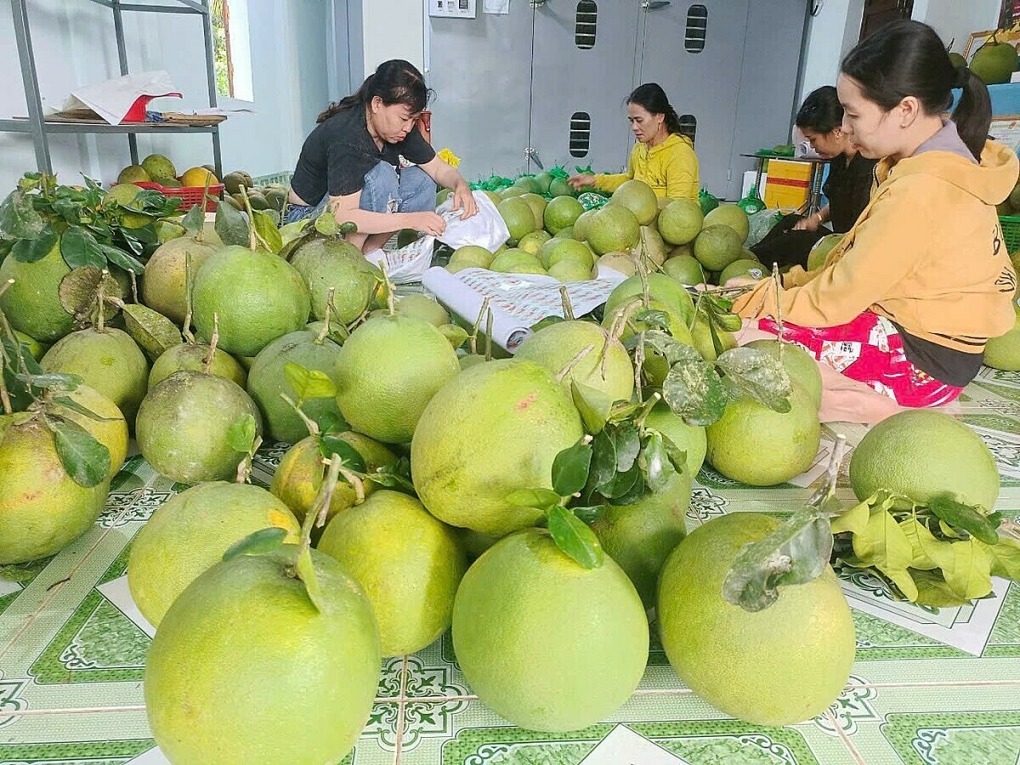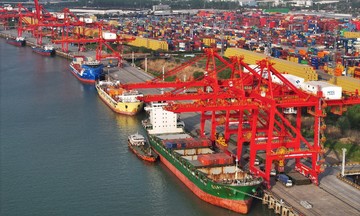This information was released by the Ministry of Industry and Trade on the afternoon of 5/9 during the forum "Overview of E-commerce and Cross-border E-commerce - Directions for Vietnamese Export Enterprises". The program was part of the Vietnam International Sourcing 2025 exhibition.
Accordingly, Vietnam's e-commerce growth rate reached 20%, from 19 billion USD to 25 billion USD, placing it among the top three largest e-commerce markets in Southeast Asia, after Indonesia (65 billion USD) and Thailand (26 billion USD). The market is expected to reach approximately 63 billion USD by 2030.
Leading sectors include fast-moving consumer goods (FMCG), fashion, home appliances and technology, mother and baby products, beauty, and food. According to the YouNet ECI report, FMCG products had the strongest growth at 62%, home appliances and technology increased by 41%, and fashion and accessories by 39%.
 |
Sorting warehouse of Best Express. Photo: Quynh Tran |
Speaking at the forum on 5/9, Deputy Minister of Industry and Trade Phan Thi Thang said that many Vietnamese brands and local products are starting to target international markets through global platforms. Vietnamese businesses are expanding their online presence in markets like the US, China, the EU, Japan, and South Korea, while also seeking opportunities in potential new markets like ASEAN, the Middle East, Russia, and Australia.
In 2024, the global cross-border e-commerce market reached 791.5 billion USD and is forecast to grow by over 30% in the next phase, according to Cognitive Market Research. In Vietnam, cross-border e-commerce is not only an important trend in business operations but also a national export strategy, incorporated into the government-led GoGlobal Plan.
Specifically, according to the Master Plan for National E-commerce Development 2026-2030, cross-border e-commerce is one of the strategic pillars for the next phase. The goal is to build a sustainable digital export ecosystem, enhance the international competitiveness of Vietnamese enterprises, and expand the reach of Vietnamese goods in the global market.
 |
Green-skinned pomelos in Hoai An district are sold on e-commerce platforms. Photo: Thanh Viet |
The Ministry of Industry and Trade and the Vietnam E-commerce and Digital Economy Agency (VEDEA) are also implementing various solutions: improving institutions and policies; supporting businesses in training and capacity building; and connecting with major global e-commerce platforms. At the same time, the agency is working closely with Vietnamese trade offices abroad to promote and boost Vietnamese exports to the world market through e-commerce models.
At the forum, experts agreed that for Vietnamese goods and brands to thrive globally, businesses need to focus on three main pillars: brand building, technology investment, and logistics infrastructure optimization.
Yen Chi












